As much as I enjoy the holidays, there is something very satisfying about sweeping up the glitter, packing away the decorations and getting the home straight once again. It's also an opportunity for a fresh start, whether it is just switching out a few accessories or planning a major remodel.
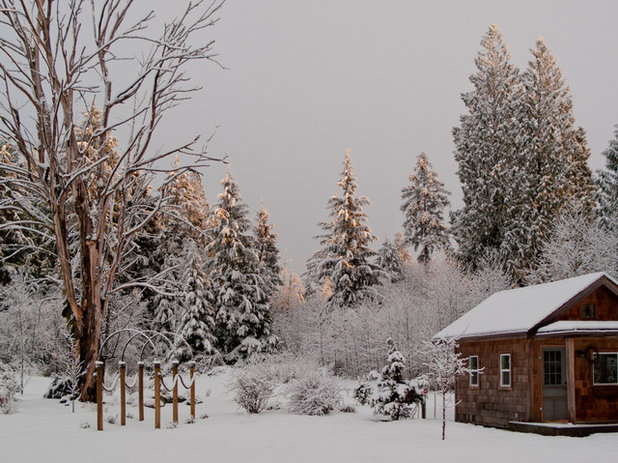
Le jardinet
The garden is much the same. January reveals the garden's bones and provides us with an opportunity to contemplate what we might do differently this year: what could be added to bring some color to a dreary corner, what new seeds we might try and which plants need a little TLC to continue looking their best.
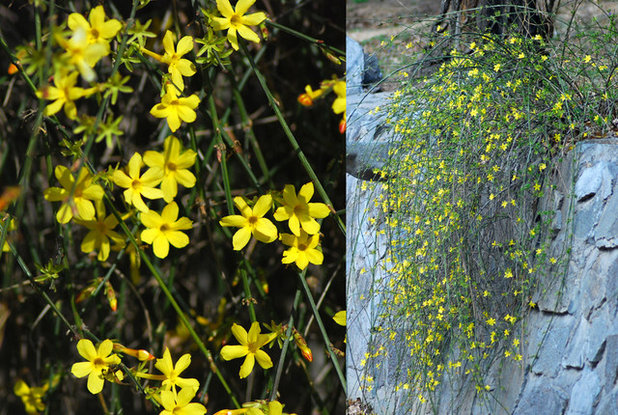 Add some winter cheer.
Add some winter cheer. A little retail therapy at your favorite nursery is always a good idea on a gray day. What can you pick up that will give you and your garden a lift? Winter jasmine
(Jasminium nudiflorum) is a favorite scrambler of mine for winter; its cheerful yellow flowers last for many months.
This lax shrub looks best either being left to tumble over a stone wall or tied up loosely against a fence or pergola and allowed to drape down in an explosion of golden stars.
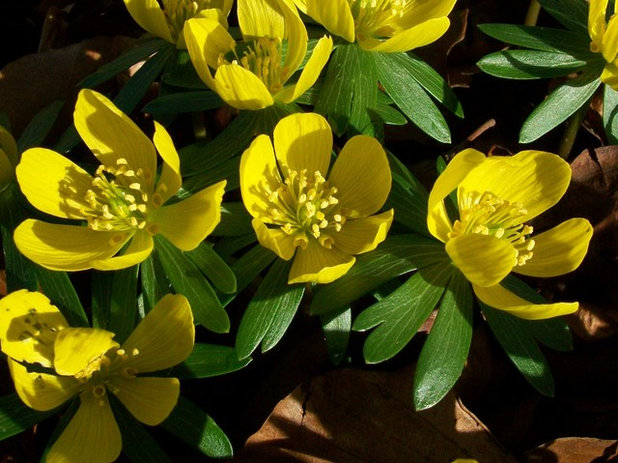
Nurseries and garden centers also start to carry pots of snowdrops and winter aconite (
Eranthis sp, shown here) this month, two of the earliest bulbs to bloom.
Rainbow-colored
primroses can also be found to add an instant splash of color to your containers or garden.
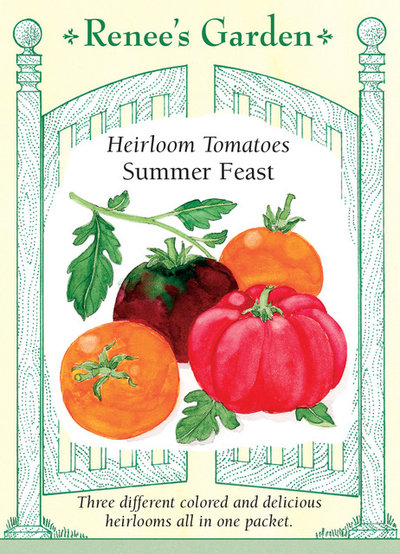
Renee's Garden
Renee's Garden Seed Packet
Check your saved seeds. Just as the holiday cards dwindle, the seed catalogs arrive! There’s something so delicious about curling up by the fire poring over impossibly oversize photographs of juicy tomatoes.
It’s easy to get carried away, so before you start filling in those order forms, check last year's seeds for viability. Simply place five or six seeds onto a damp paper towel, then place it in a plastic container with the lid on. Germination may take two to 10 days, depending on the variety.
If I get 75 percent or more germination, I use the seed. Less than that and I either plant extra to allow for some losses or buy new seed.
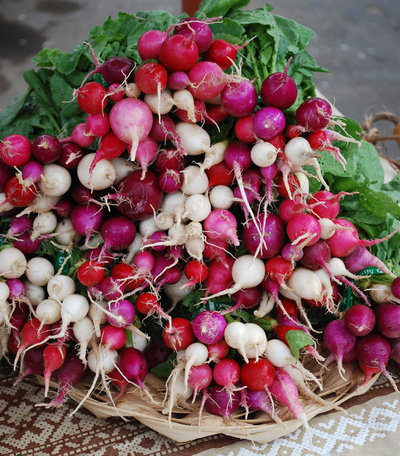
Jocelyn H. Chilvers
Seeds for some plants and vegetables, such as parsnips, should always be purchased each year. Others, such as lettuce and radish, can easily remain viable for three years.
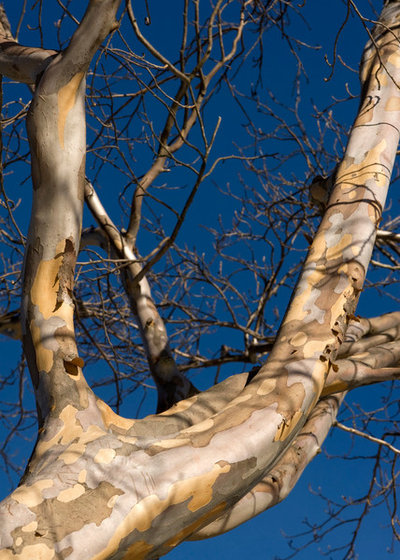
The New York Botanical Garden
Dormant pruning of deciduous trees. This is the time to sharpen your pruning tools and tidy up your deciduous trees. There are entire books written on pruning techniques; this is the quick and easy version.
1. Why now? In warm weather the sap rises in the tree. Think of this as the tree's food supply. When we remove branches in warm weather, we remove the food that has been taken to those branches. If instead we prune while the tree is dormant, no food resources are wasted.
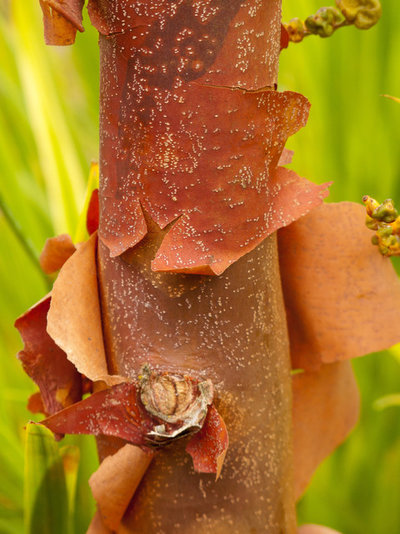
Le jardinet
2. Which trees? All upright, deciduous trees — for example, birch (
Betula sp), maple (
Acer sp) and ornamental cherry trees (
Prunus sp) — can be pruned with these guidelines.
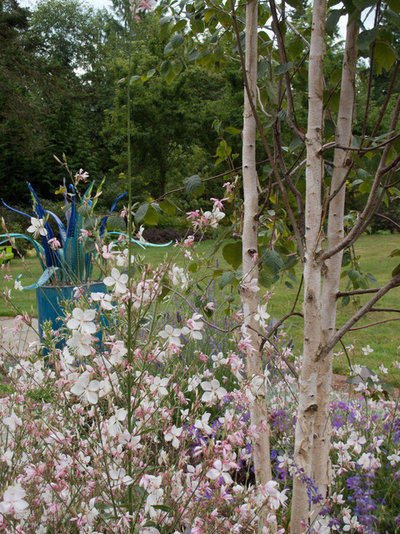
Le jardinet
3. Why prune?• To allow light and air to penetrate the canopy — this helps to maintain a healthy tree
• To remove dead or diseased branches
• To shape the tree
• To reveal interesting bark
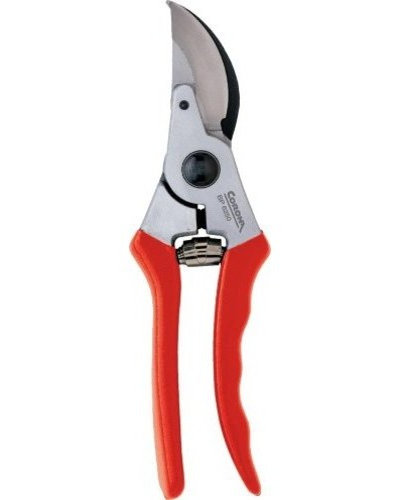
Corona Tools
1-Inch Bypass Pruner - $31.57
4. How much?• Remove all dead and diseased branches first.
• Then look for branches that cross others and are chafing them.
• Do not remove more than 25 percent of living branches — this is known as the pruning budget.
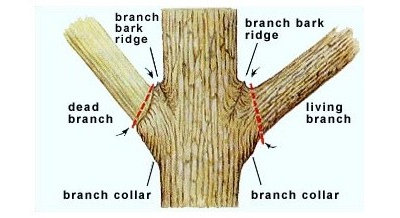
USDA Forest Service Northeastern Area
5. How to make the cut? Always cut to the collar of the branch — this is the part where one branch meets another. Often there are what look like wrinkles at this point; make a nice, clean cut just before that.
Small branches can easily be dealt with using hand pruners, while loppers can typically handle up to a 1 3/4-inch diameter.
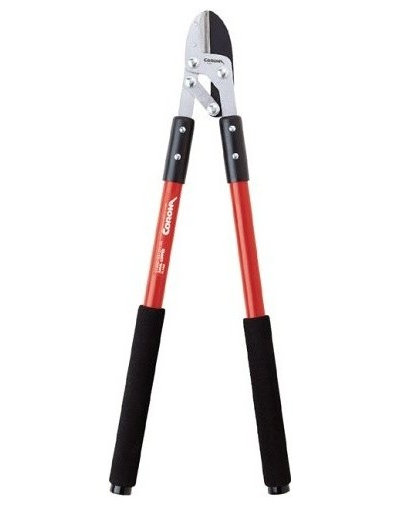
Corona Tools
32-Inch Compound Action Anvil Lopper - $38.83
6. Don't:• Leave a "coat hook" or stub. Cut cleanly to the collar.
• Paint the wound with any kind of sealer. Contrary to popular belief, this has not been shown to prevent rot. In fact, it can actually seal in moisture and microorganisms, which causes decay.
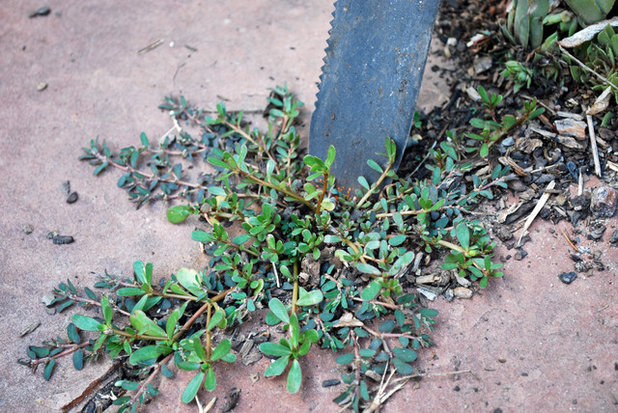
Jocelyn H. Chilvers
Weeds. Weeds have no respect for winter rest. It can be alarming to see how quickly the seeds germinate and spread. Keep ahead of them by setting aside an hour or two each week to remove them.
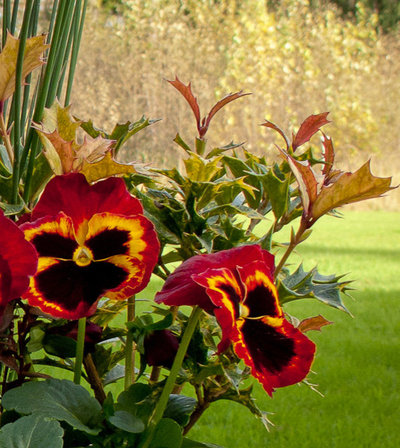
Le jardinet
Container care. Spend a few minutes each week tidying up your containers. Snip off dead flowers and leaves, especially those of pansies. Leaving these on the plants, especially in the rainy season, can encourage gray mold.
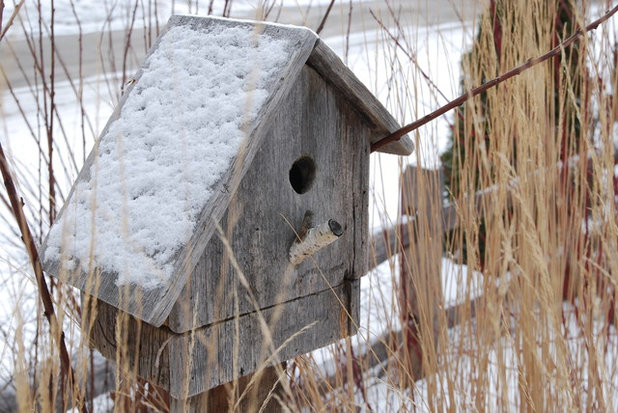
Paintbox Garden
From my home to yours, I wish you all a happy new year; may your garden wishes come true.





